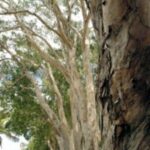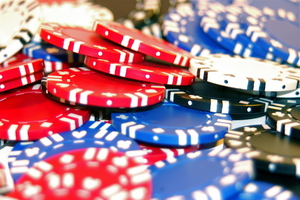Many games have a system for making your character different from other characters of the same class. Everquest 2 does this by using a system called the Achievement system. This is similar, in theory, to the method that World of Warcraft uses.
However, the Everquest 2 Achievement system has many differences from the World of Warcraft Talent system. Starting at level ten, another experience bar will appear next to your normal experience bar. You will get a point every time you fill this bar. You gain experience in this bar by accomplishing special achievements.
The Achievement trees are split up into two different sections. One section is specific for the class, and one for the subclass. For the Bard classes, that means that there are two different sections for the Dirge and Troubadour classes, and one that both of them have in common. This article will only deal with the Bard class section.
For every class section, the talents are split up into five different trees, with a stat associated with each one. Each tree also has a title associated with it. The first ability of every tree will increase the stat the tree is associated with.
The Bard Strength tree is the Bladesinger tree. After the first Strength increasing ability, you will get a melee ability that makes you immune to area effect attacks for a few seconds, an ability that increases the effectiveness of your avoidance increasing songs, an ability that increases the effectiveness of your stat increasing songs, and finally, a group song that makes your group immune to area effect spells. This is a fairly versatile tree.
The Agility tree for Bards is the Wayfarer tree. After the token Agility increase, you will get a combat art that puts you in stealth, and has a chance to pick pocket to target, if he is humanoid. Additionally, you will get an ability that increases the Bards parry ability, a poison attack, and a buff that puts the whole group into stealth mode, which can be used during combat. This is good for bards who like to give in the rogue side of their abilities.
The Stamina tree is called the Skald tree. After the Stamina increase, you will get a shield knockdown, an ability that increases your block, an ability that gives you a chance to double attack, and finally, an ability that makes you immune to most knockdown and stun abilities. Most of these can only be used when a round Shield is equipped, making it a good defensive tree for Bards.
For Bards, the Wisdom tree is called the Harbinger tree. After the first, Wisdom increasing ability, you will get a bow ability that will reduce threat, a group song that increases speed, a group buff that will increase casting speed, and lastly, a group buff that increases the critical hit chance for melee, spells, heals, and ranged attacks. This is a good group Bard tree.
The Minstrel Tree is the Bard’s Intelligence tree. After the first ability, you will get a rapier attack that improves your combat and spell skills, an ability that increases the effectiveness of your skill increasing group songs, an ability that increases the effectiveness of your speed and damage per second group songs, and lastly, an ability to use with your heroic opportunities. This is another good, all around Bard tree.
The Bard is a very versatile class, with many different play styles. With all of the different ways to play, it can be difficult to specialize well enough to be able to play your class the way you want. With the Achievement system, you can easily define your class the way you want. So choose wisely, and good hunting.




